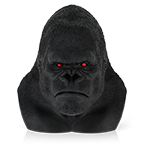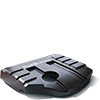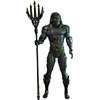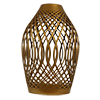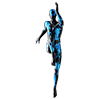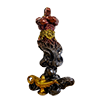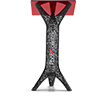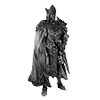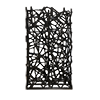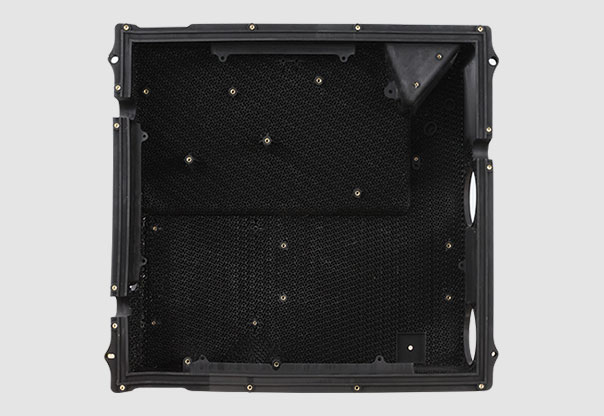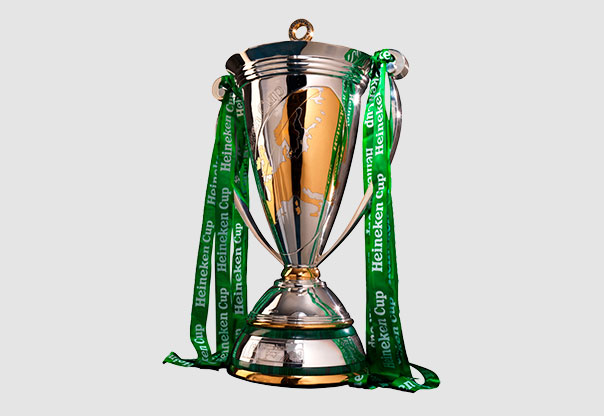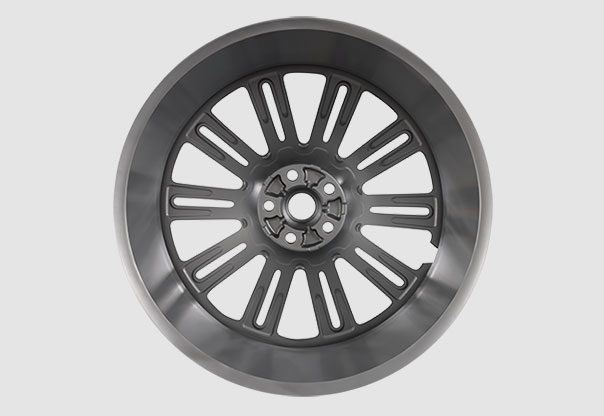LC Titan
The Largest LCD 3D Printer in the World
The ultimate solution for high resolution, large-scale outputs
LC Titan delivers exceptional precision and reliability for ultra-high-resolution large-format 3D printing. Expertly engineered for industries that demand both high quality and large-format solutions, whilst rapidly and cost-effectively accelerating your production process.
Reimagine What’s Possible with LC Titan
Extremely Large Build Volume
Boasts a build volume of 695 x 385 x 1200 mm, enabling the production of sizable parts or multiple smaller components in a single print run.
High Resolution 8K Output
Equipped with a 32-inch 8K LCD screen (7680 x 4320 pixels) and a pixel pitch of 91 microns, LC Titan delivers exceptional detail and surface finish, even on large-scale prints
Comprehensive Solutions for your Production
From our purpose-built post-processing solutions to training, materials, servicing, and support – we can provide everything you need to set your production up for success.
Technical
Specification
Extremely Large Build Volume
695 x 385 x 1200mm
27.3 x 15.2 x 47.2″
High Resolution Pixel Pitch
91μm pixel pitch delivering outstanding surface finish
≤ 86mm/hr Print Speed
At 350μm layers volumetric speed = 24 ltr/hr
Interchangeable Platform with ResinGlide Coating
Easy cleaning with less waste
Patented Blow-Peel Technology
Ensures reliable, fast printing
Remote Control and Monitoring
4k time-lapse camera
Automatic Resin Control
Auto vat fill and empty functions
Expand the Performance of your LC Titan
Designed to work seamlessly with LC Titan, our comprehensive ecosystem offers fully integrated post-processing capabilities, a wide range of functional resins and service plans.
Wash XL
Three in one. Wash, Rinse and Dry
Purpose-built to effectively clean large complex parts printed on Liquid Crystal Titan, combining wash, rinse and dry functions in a single compact unit.

Cure XL
Cure Large Parts with Heat and Dual Wavelength Light
Expertly designed to cure parts printed on Liquid Crystal Titan. Cure XL provides uniform post-curing with dual wavelength light and evenly distributed heat with 360° platform rotation, resulting in dimensionally accurate tack-free parts.

Wash XL
Three in one. Wash, Rinse and Dry
Purpose-built to effectively clean large complex parts printed on Liquid Crystal Titan, combining wash, rinse and dry functions in a single compact unit.
Cure XL
Cure Large Parts with Heat and Dual Wavelength Light
Expertly designed to cure parts printed on Liquid Crystal Titan. Cure XL provides uniform post-curing with dual wavelength light and evenly distributed heat with 360° platform rotation, resulting in dimensionally accurate tack-free parts.
Wide Range of Affordable and Functional Resins
Our materials are designed for a range of industries and demanding applications, making them ideal for both functional parts and complex models.

Software and Integrations
Photocentric Studio and Voxel Dance, alongside a growing list of integrations and APIs, offer a complete solution that optimises your workflow from design to production.
Expert Design Support
With our tailored service plans, including preventative maintenance, extended warranties, and priority support, we ensure maximum uptime and reliability for your Photocentric equipment.
Our team of 3D design specialists are available to consult – from getting the most out of your LC Titan features through to ensuring your designs are setup for print success.
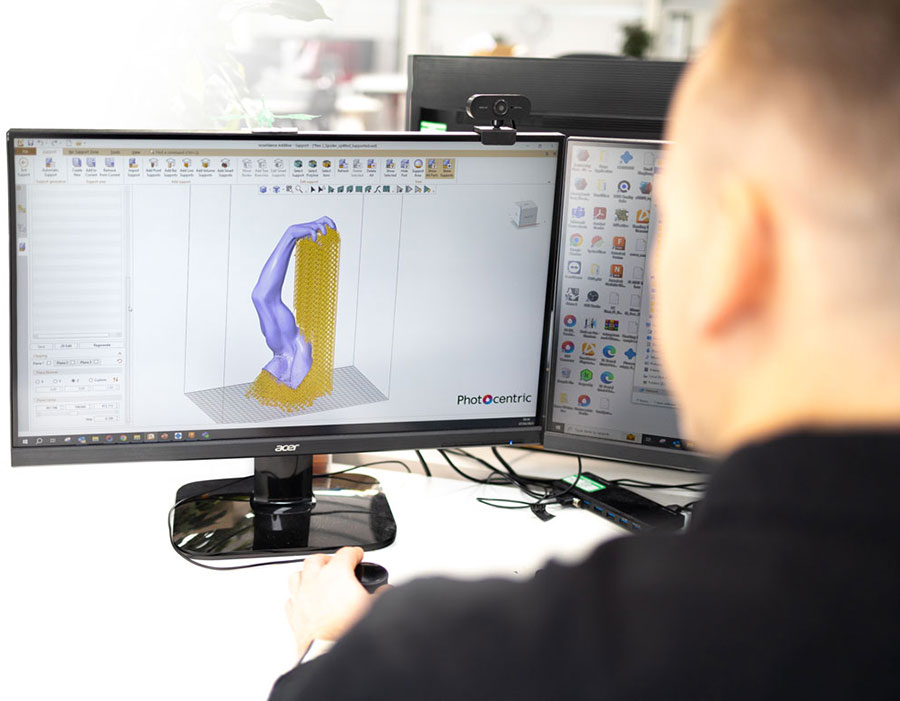
Print Smarter:
Reduce Costs and Accelerate Production
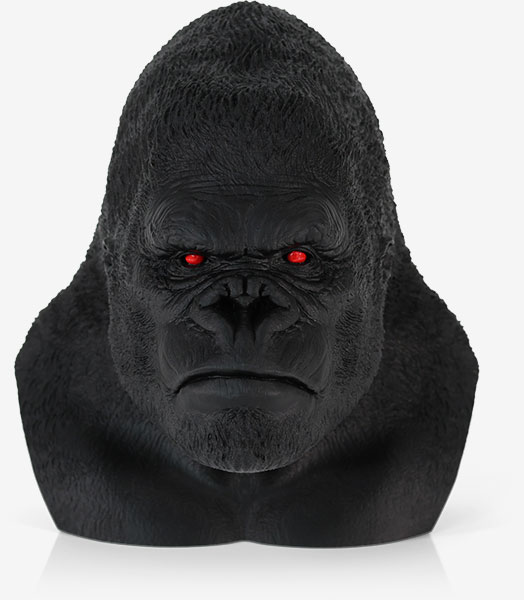
Gorilla
Print Time: 40h 20mins
Resin: Hard Black
Height: 41.4cm
Weight: 2.25kg
Supports weight: 0.3kg
Resolution: 100µm
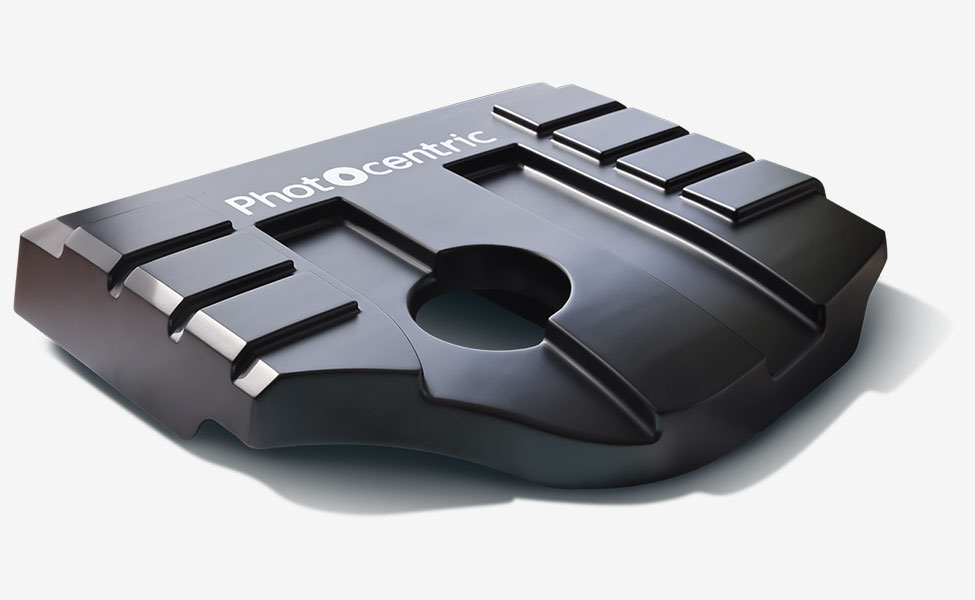
Engine Cover
Print Time: 32h
Resin: Hard Black
Height: 60cm
Width: 60cm
Depth: 10cm
Weight: 2.6kg
Resolution: 100µm
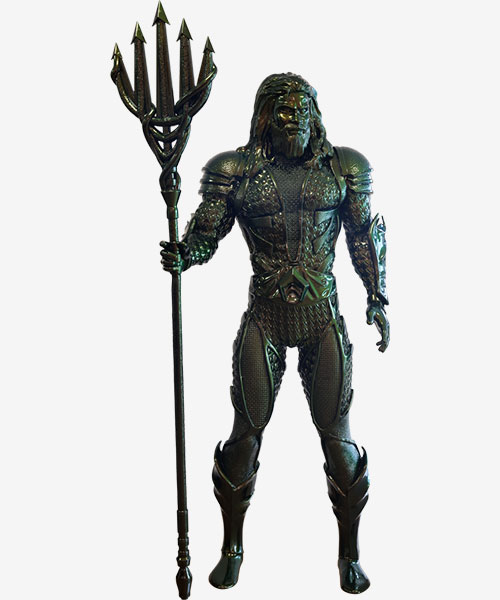
Neptune
Print Time: 130 hrs (3 prints)
Resin: Hard Black
Height: 215cm
Width: 105cm
Depth: 70cm
Weight: 21.5kg
Resolution: 250µm
Model designed by Sanix3D
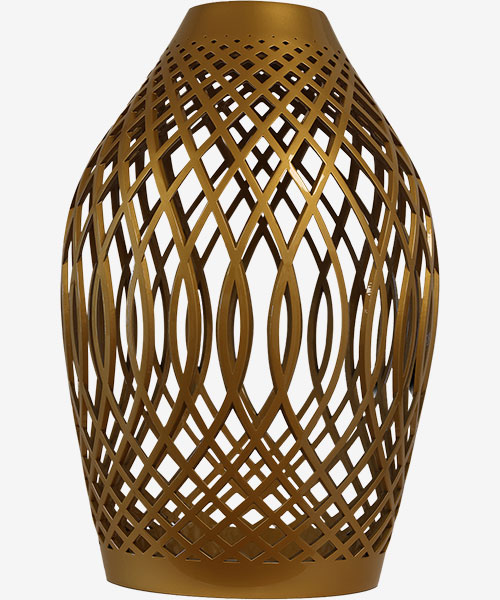
Lampshade
Print Time: 29h
Resin: Hard Black
Height: 60cm
Width: 40cm
Depth: 40cm
Weight: 2.3kg
Resolution: 250µm
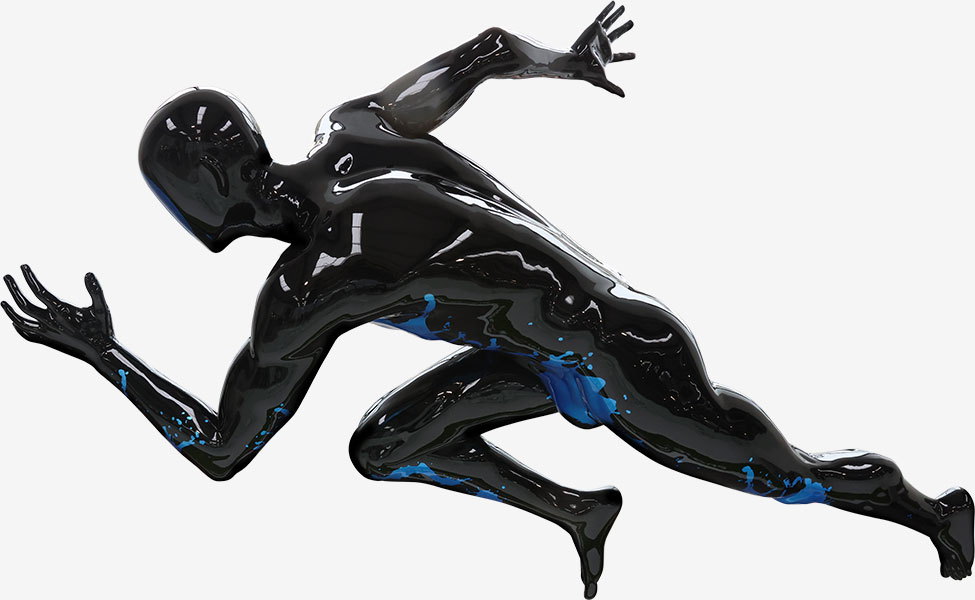
Running Man
Print Time: 60h
Resin: Hard Black
Height: 177cm
Width: 220cm
Weight: 2.9kg
Resolution: 250µm
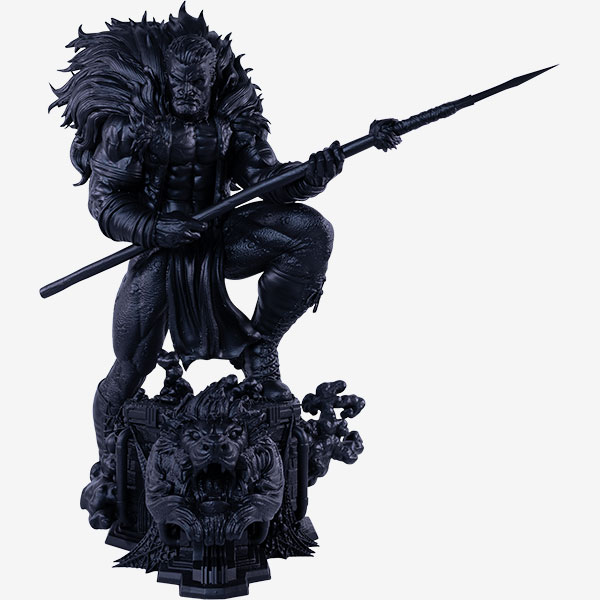
Warrior
Print Time: 116h 40mins
Resin: Hard Black
Height: 100cm
Weight: 12kg
Supports weight: 6.5kg
Resolution: 100µm
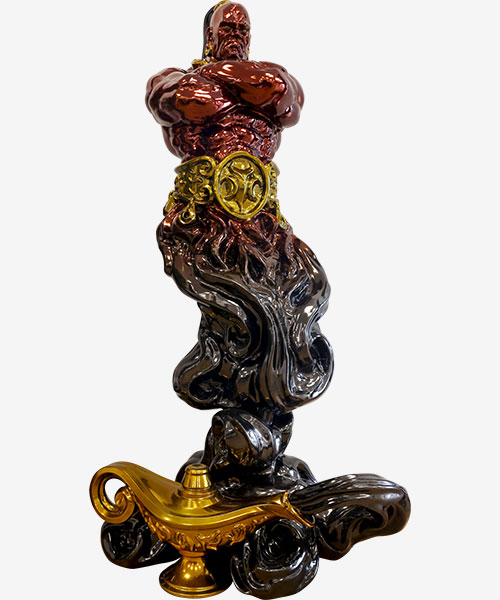
Genie
Print Time: 65h
Resin: Hard Black
Height: 160cm
Width: 90cm
Depth: 90cm
Weight: 22kg
Resolution: 250µm
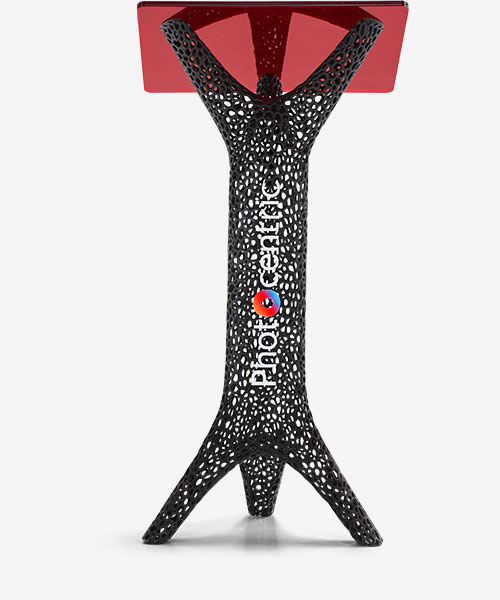
Lectern
Print Time: 52h 50m
Resin: Hard Black
Height: 115.9cm
Width: 70cm
Depth: 40cm
Weight: 22kg
Resolution: 250µm
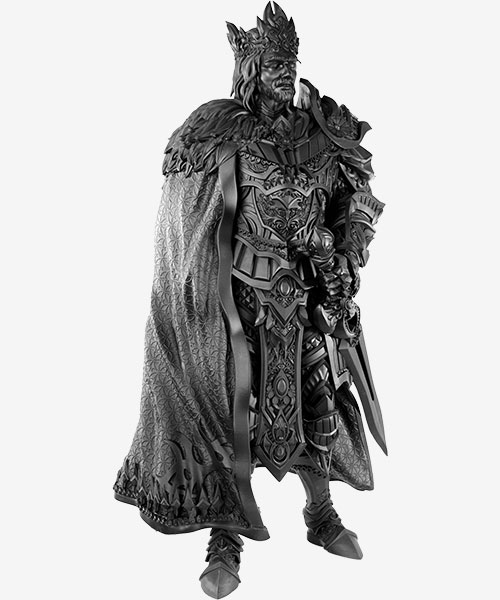
King
Print Time: 102h
Resin: DL110HB
Height: 102cm
Weight: 7.29kg
Supports weight: 1.56kg
Resolution: 100µm
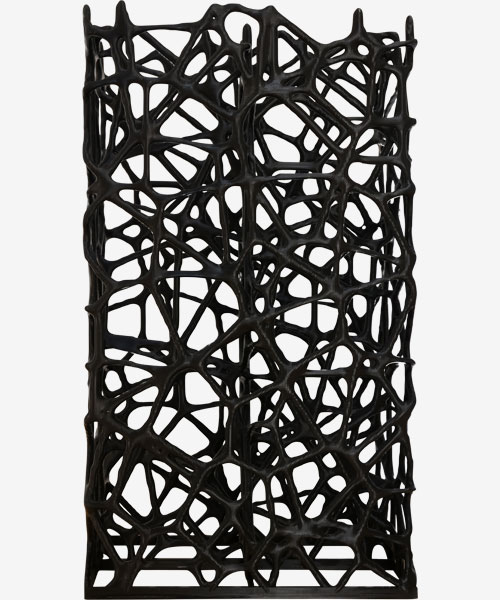
Lattice
Print Time: 60h
Resin: Hard Black
Height: 155cm
Width: 50cm
Depth: 40cm
Weight: 2.6kg
Resolution: 250µm
Total Cost of Ownership (TCO):
See the Full Picture
Investing in a 3D printer goes beyond the upfront cost.
We believe in complete cost transparency – helping you understand the comprehensive cost of ownership. This including materials, maintenance, energy use, carbon footprint, and total cost-per-part based on projected volumes of output – all so you can make the best decision for your business.
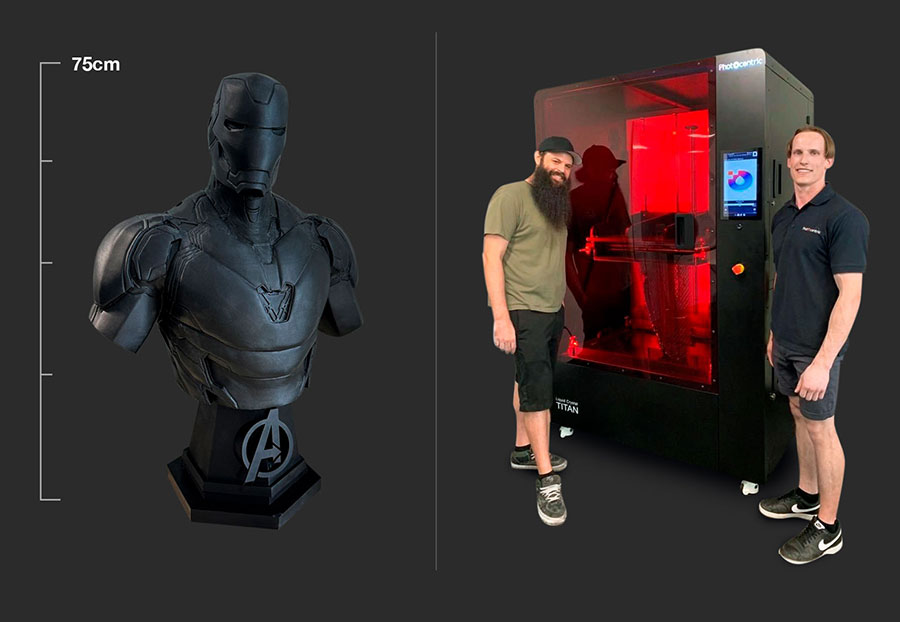
“We definitely love our Photocentric printers, and the Titan is a game changer”
Brad Wriedt, Blue Hippo
Book a Consultation
Ready to take your 3D printing to the next level? Schedule a consultation with our experts to explore how the LC Titan can enhance your workflow and meet your specific needs.
We’ll use these details to keep you up to date with Photocentric news and insights. You can unsubscribe at any time. View our Privacy Policy for more details.
82%
UK Precision Engineering at Our Core
LC Titan is proudly designed and assembled in the UK with 82% of its components made in the UK.
